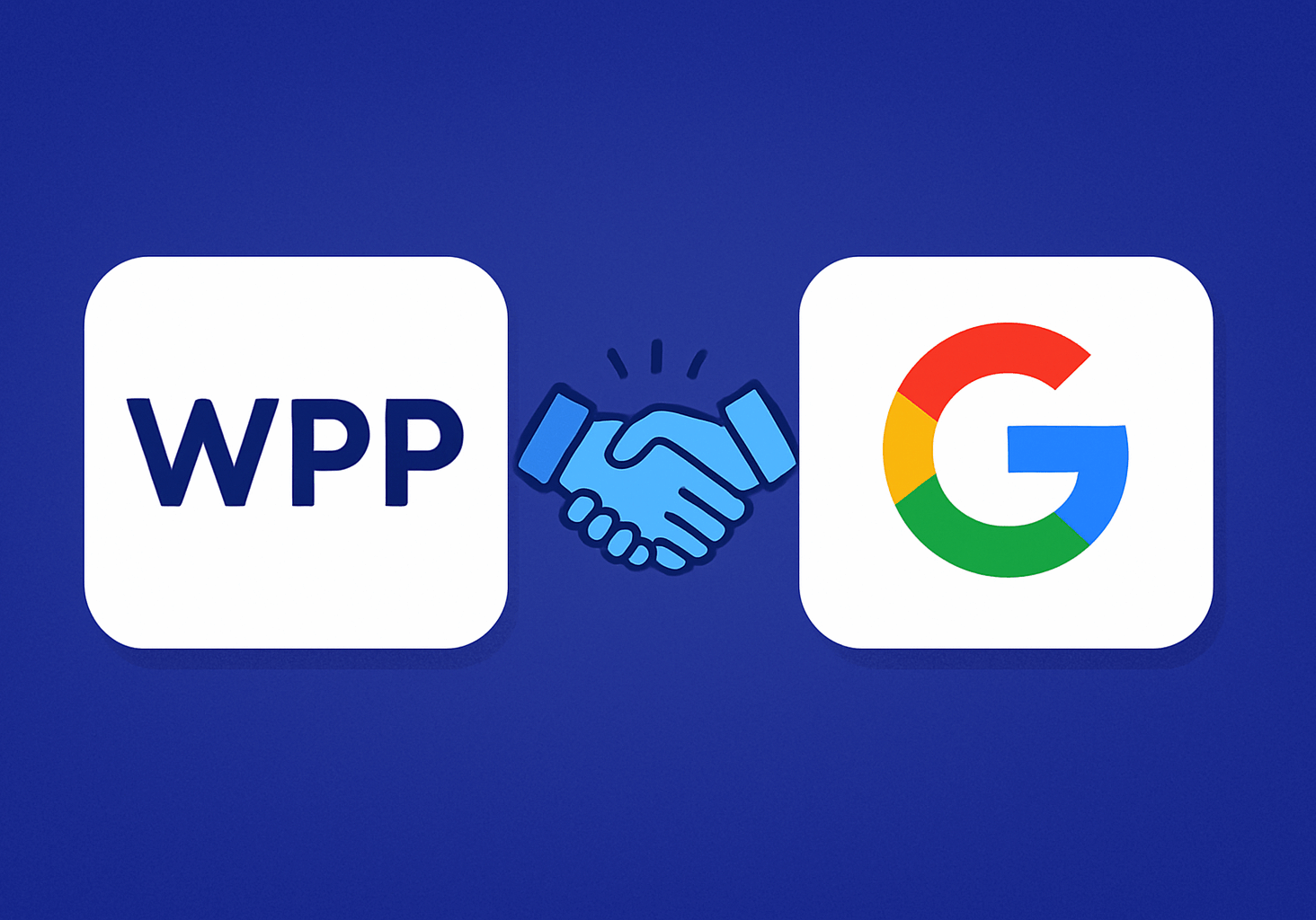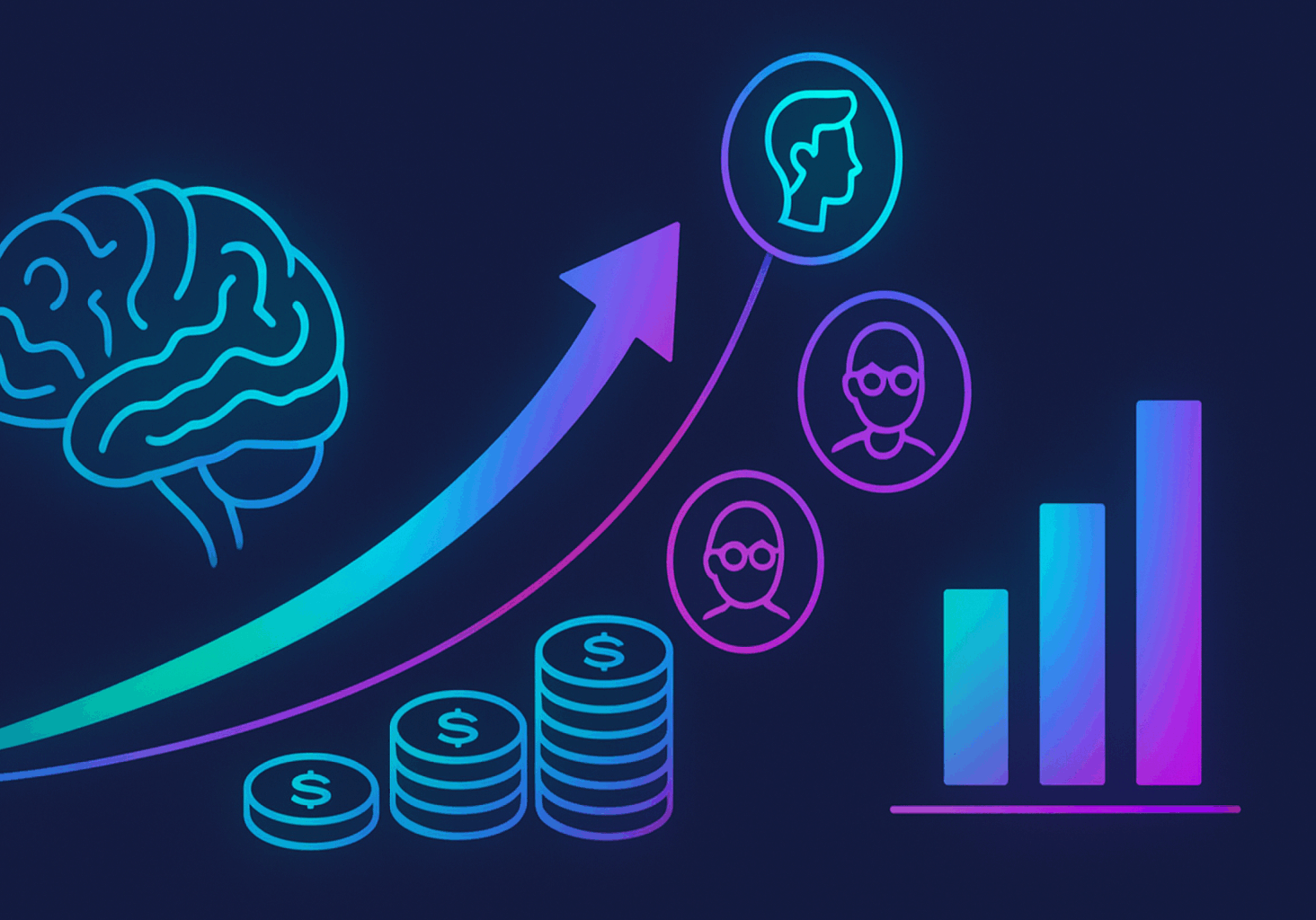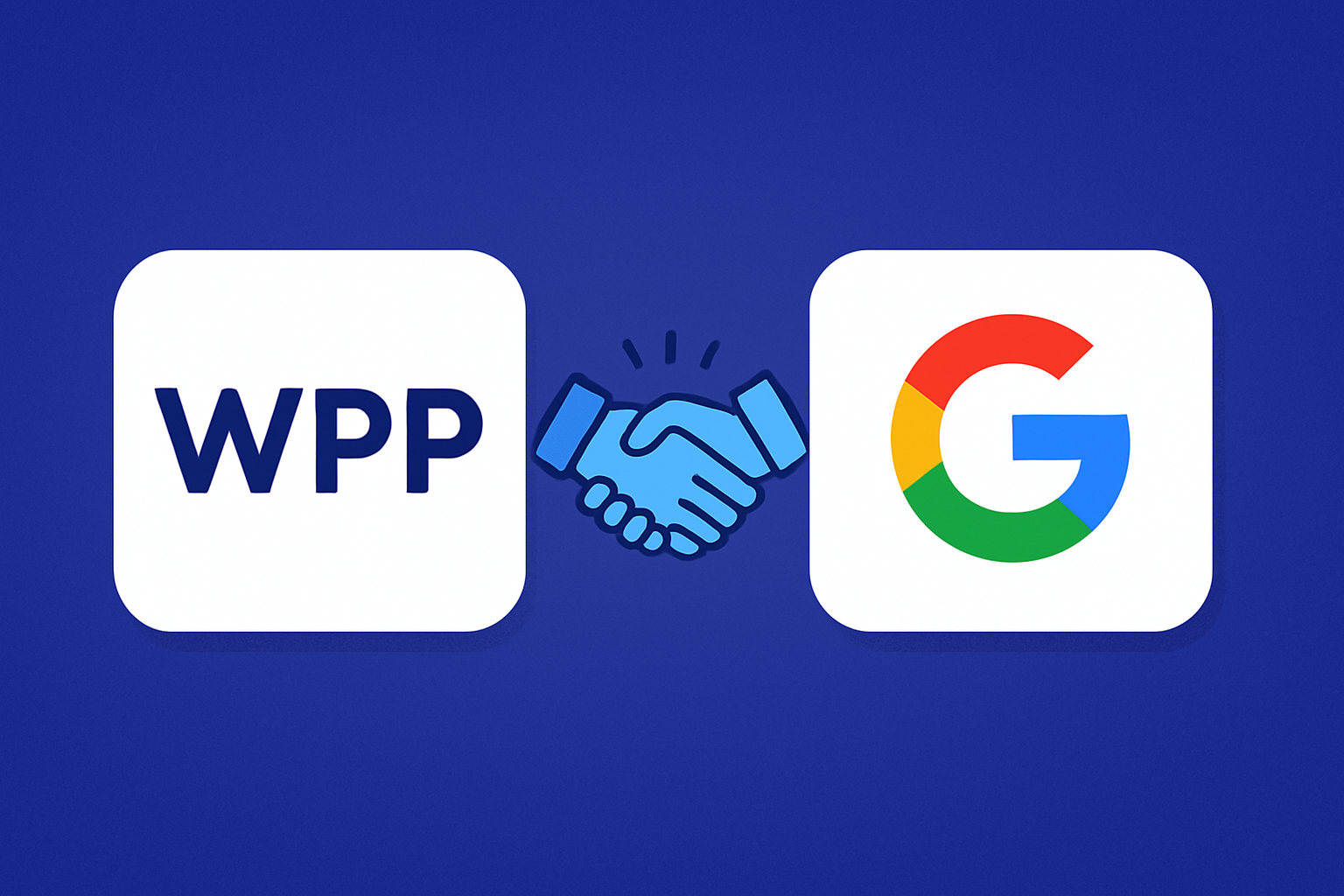
Not to Be Dramatic… But the WPP Google Partnership Is a Whole New Era
Amidst AI rapidly rewriting marketing norms, the WPP Google partnership has become one of the biggest shifts of the year. This announcement is a commitment of $400 million over five years, and this transaction is not strictly a tech upgrade. It illustrates how creativity, data, and intelligence would now come together to drive the next chapter in brand storytelling.
If you are in an agency, brand, or marketing leadership position, this is not another partnership announcement.” This is a clear indication that the convergence of creative media and AI has now accelerated.
Let’s understand this new rule and grasp what the WPP Google relationship means for agencies and brands today, as well as the questions they should be asking right now.
Here’s the gist: what’s going down
WPP’s recent action involving Google isn’t a corporate upheaval; it’s a $400 million wager on a more intelligent, quicker, AI-driven future of marketing. It’s one of the most ambitious agency-tech partnerships to create an entirely new avenue for combining creativity and data.
- WPP will spend $400 million over five years on Google technologies as part of an expanded partnership.
- The partnership is designed around WPP’s tech platform, WPP Open. It will leverage Google Cloud, Generative AI models (Gemini, Veo, Imagen), and advanced audience/data tools.
- The ambition: to leap-frog AI driven by efficiency (i.e., make ads cheaper/faster), towards scale, growth, and real-time personalization across creative, media, experience, and commerce.
- WPP will have privileged access and co-development rights, with the brands that work through WPP also getting access.
In summary, not only is the WPP Google partnership not a small pilot, but a statement.
Why now? Context for agencies and brands
For agencies like WPP and others in its circle, this transaction signals one primary point above all else: the agency of the future is part tech-co and part creative house.
Agencies are feeling the heat; brands want smarter attribution, quicker creative cycles, personalization of journeys, and real growth, not just a place to buy media. WPP’s alignment with Google is WPP’s attempt to speed up its ‘AI-transformation’ and be ahead of or catch up with competitors.
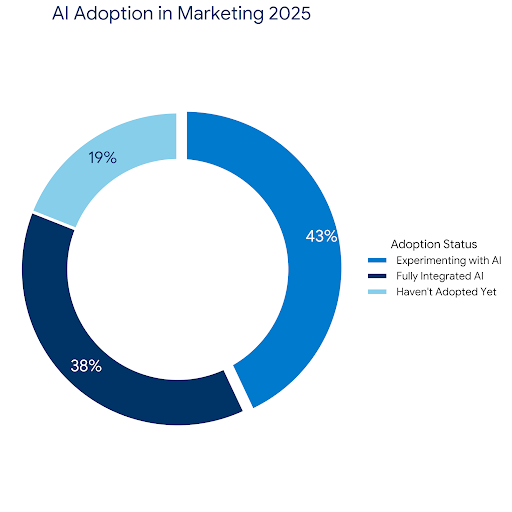
For brands, you can read these two ways:
- Opportunity: With access to the next generation of tools & data, you’ll be able to personalize at speed; test quickly, reduce time-to-market for campaign assets, and shift focus from cost-per-impression to impact-per-experience, mediated through agency partners.
- Threat: The further you exist (as opposed to thrive) in the traditional agency model of long creative cycles, quarterly planning, and “one size fits many matches,” the more you stand to get left behind. Creative + AI + data is becoming a table stake.
What’s changing right now, and fast
The WPP Google partnership is not just about smarter tools; it’s a re-invention of marketing. From the speed of creativity to accuracy in audience modelling, here is what’s changing in real-time.
- Creative production and the speed of AI: With Google’s generative models (Veo for video, Imagen for visuals), WPP can produce campaign assets in days instead of weeks. Brands can pivot mid-campaign, personalize instantly, and scale creative efforts like never before. Around 78% of brands say they use AI for content creation or optimisation functions.
- Audience modelling & media optimization on steroids: WPP’s “Open Intelligence” engine, powered by Google Cloud and DeepMind, enables real-time media optimization and personal audience models, meaning with every dollar spent on ads, there is less guessing and more knowledge.
- Hyper-personalization at scale: WPP and Google are allowing real-time, hyper-personalization for millions, shifting the brand focus from targeting demographics to engaging with individuals at a human level.
- Talent, workflow, and business model transformation: WPP is partnering with Google as a training partner for a new breed of AI-native creatives and technologists. The future agency won’t be just about creativity; it will also be computational.
The actual consequence: how this shifts agencies and brands
This collaboration does not merely enhance tools; instead, it changes the ecology. Agencies and brands will need to consider how to create, collaborate with, and, most importantly, compete in a world dominated by an AI-driven marketing business model.
Subscribe to our bi-weekly newsletter
Get the latest trends, insights, and strategies delivered straight to your inbox.
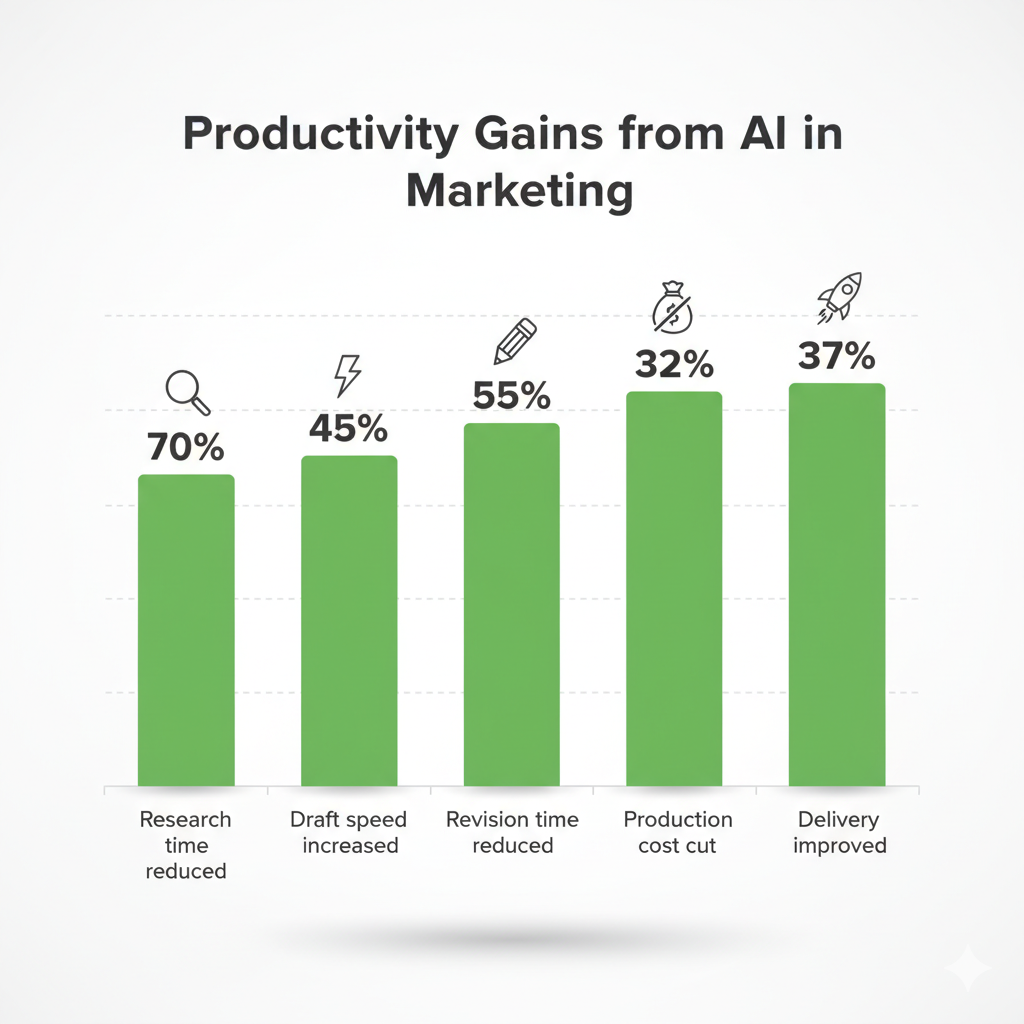
For agencies:
Competitive advantage: Agencies that will win will be those that have easily assimilated data, AI, and creativity; indeed, those stuck in a legacy perspective, regardless of their experience, will begin to fall behind.
- Investment = Expectations: A $400m investment means clients will expect revenue growth, in deployment, and in ROI- not look at the word AI and leave it at that to measure ROI.
- Differentiation issue: WPP and Google are establishing yet another new benchmark for marketing success; therefore, other agencies are either forming tech partnerships or will soon, because if they are not, they will be left behind. Scary for those agencies that rely solely on creativity.
- Capability mix: The agency floor is going to look different, incorporating elements in which creatives will now work alongside AI Engineers, Data Scientists, and prompt professionals.
For brands:
- Need for transparency: Don’t just take their word for it, and ask how, where, why, and what types of results are good questions to get clarity on.
- Own your data: Keep control of your first-party data and data privacy frameworks, and don’t be a passive passenger in your agency’s tech stack.
- Creative speed equals the new normal: Campaigns are now created in hours, forcing brands to revisit their workflows and approval processes.
- Revise your relationship: Expect to see a shift from retainers to performance-based models that rely on AI-verified outcomes.
Why does it matter, and what can you do about it
WPP’s $400 million bet with Google marks a pivotal moment: AI in marketing has officially graduated from experiment to infrastructure.
Advertising markets are flattening, and consumer behavior is leaning towards demanding instant, hyper-personal experiences. Brands and agencies can no longer afford to sit idly by on the sidelines. If they refuse to change, they risk being outflanked by tech-powered competitors or replaced by in-house AI capabilities. So, what can you do to stay ahead?
- Audit your data stack: You must own clean, compliant first-party data, AND have the systems in place to activate it intelligently.
- Check your agency’s AI roadmap: Ask if they have genuine partnerships that resemble WPP’s and if they can actually execute AI-enabled campaigns, not just talk about doing so.
- Test small, learn fast: Test creative variants, or audience models, to determine what works before going all in.
- Balance Human + Machine: Let AI support speed and data, while keeping humans in the loop for strategic and storytelling purposes, as well as for ethics.
- Measure what matters: Move beyond impressions and use outcomes that matter in business, including incremental growth, faster to market, and better relevance.
Because in the new AI-driven marketing era, it isn’t who uses AI that counts—it is who uses it best.
Cut to the chase
The collaboration between WPP and Google is not just a headline; it is the template for future marketing practices. If you’re not already employing artificial intelligence throughout strategy, creative development, and media, you’re already behind the curve. Don’t wait for your competition to get ahead of you—rethink your plan for AI now.

